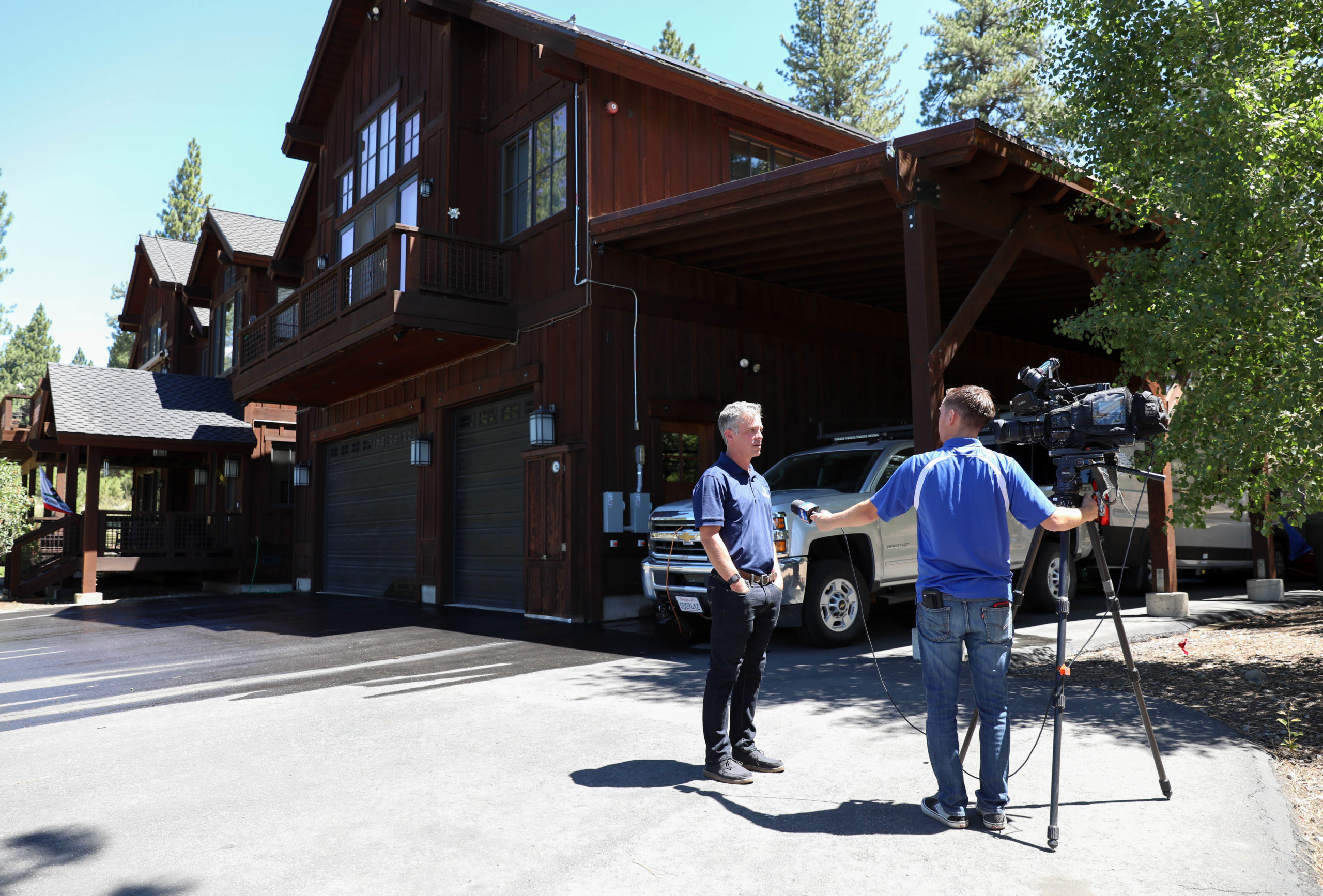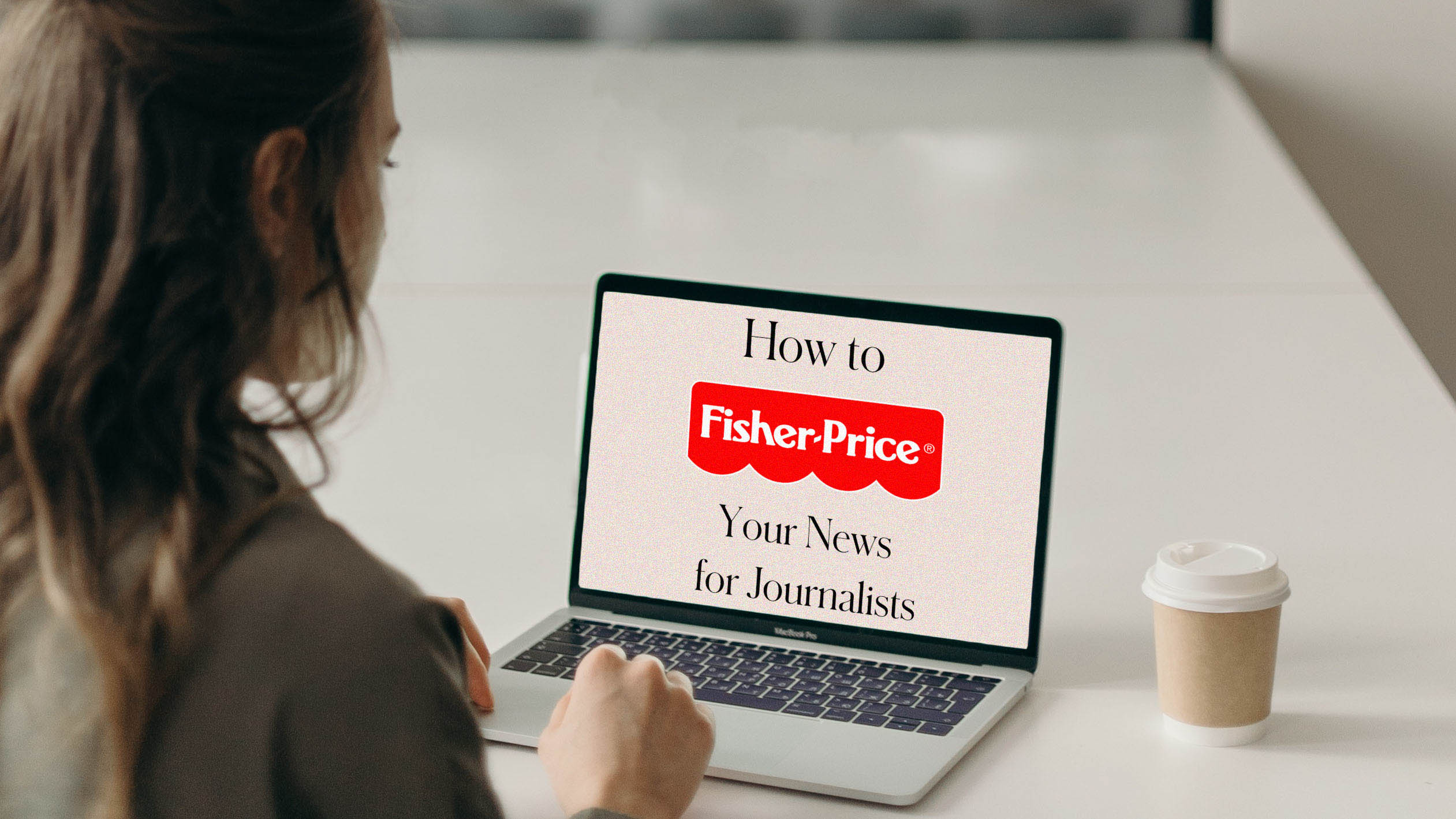15 ways to inspire journalists to attend — and hopefully write about — your launch, product, or service.
It’s been a rough two years for all of us, and the world of PR is no exception. Publicists who once relied on in-person events to help introduce journalists to brands had to find alternate ways to connect. And while Zoom events were fun, in-person events are back.
As we’re actively planning the rest of the year, we’re also collectively gearing up for launches and events. Before you start planning your next big media lunch or cocktail party, have a read through some of our best tips on how to get media to attend your event.
1. Make the invitation stand out
Whether you plan on sending out an engraved note with hand calligraphy or prefer an email blast, spend some time thinking about your message. What’s your event for? What or who are you promoting? Whether you’re planning a launch of a new diet or a one-on-one with an A-lister, the invitation mood should match your event. Whether it’s punny or extremely serious, create a design to match the wording. Make sure your contact information is updated and everyone’s names are spelled correctly. Always include contact information and an option for feedback. While you’re at it, include teasers. If you plan on giving away a trip to Hawaii, make it clear, especially if attendees must be present for the drawing.
2. Don’t muddle the message
If your goal is to connect with journalists, set up a smaller event so you can have more one-on-one time. If your goal is to introduce writers to your client in person, create a series of conversation starters so that writers find a reason to engage with your client. If your goal is to launch a product, make that front and center of your invitation, event and follow-up. Offer enough cues and incentives to make it easy and inviting to write about whatever it is you’re promoting.
3. Swag matters
Speaking of winning, try to make everyone attending feel like they won something simply for showing up. Create memorable giveaways and try to be plentiful about them. Not to sound jaded, but many journalists receive a lot of useless swag. Don’t just slap your client’s logo on an unidentifiable tech accessory, try to make your giveaways (plural is always better) match your product, client messaging and writer’s beat when at all possible. And if at all possible, co-brand an advance gift. In this way, you’re already creating a positive association with the reporter and your client.
4. Plan a fun activity
The best events are on some level interactive in service of the product or client being feted. I once made dessert with a former chef for the royal family. Another time I learned how to create cocktails using a kitchen torch. Years later, I still remember the brands that went above and beyond to ensure that not only was their brand or product highlighted, but the event was so much fun that it stuck out in my mind. I still talk about the best events I’ve attended. And believe it or not, the best events have multiple attractions and activities to keep all types interested.
5. Make it easy for guests to get there
…and leave. Despite the fact that you’ve spent months planning your event, not all journalists will plan to be there for the whole thing. Be gracious if they pop in and have to go. Arrange transportation when possible, and don’t pout if they leave before the presentation. Budget for a car service through ride-share apps. Better yet, arrange the cars to make them feel even more pampered.
6. Have a great venue
While every single element matters, the venue is crucial – and so is decorating your space. While having a step and repeat feels like a no-brainer, it isn’t always appealing. If possible, bring in a designer to help you create a look that highlights your client’s aesthetic and then display the product accordingly. And as sad as it sounds, have some people around just to keep an eye on the swag bags and other items of value to make sure they don’t disappear.
7. Feel free to show off
I once attended the 20th anniversary of an online jewelry brand, and they held the event in a room filled with sparkly things, including rings with 20-carat diamonds. Even more fun, we were free to try everything on and play dress-up for a while. If your client has an incredible product, show it off in as many ways as possible. Tactile works well at an event since even shy journalists can find reasons to chat with team members.
8. Keep your room well staffed
If you’re expecting a crowd, make sure that you have enough team members there to personally greet guests and give them a walk-through when possible. And while you’re at it, have two-tiers of staffers- some with name tags or other identifiable details, and some that blend into the crowd and act as conversation starters.
9. Be a great host
We all know how stressful it can be to host an event, but if you’re the one inviting someone, don’t ignore them when they show up. After check-in, assign a few people to be unofficial greeters and lead guests in, and point you out. Or give them a VIP list not of the A-Listers, but rather of the people you really want to speak to!

10. Present an alternative option to attending in person
Not everyone is going to feel comfortable showing up to your event and that’s fine. Create an option for people to attend via Zoom or the video conferencing software of your choice. And don’t make them feel guilty if they can’t make it. Consider sending gift cards so you can treat them to a snack while they virtually socialize at your event.
11. Plan a great menu
Whether it’s branded cocktails or doughnuts with your corporate colors, try to ensure that there are subtle branding reminders throughout. Unlike a personal or family gathering, the point here is to find a way to do business together.
12. Send out reminders
Make it easy for journalists to remember your event. Send calendar invitations and remind them a few days before your event and again that morning. Despite people’s best intentions, it’s sometimes easy to totally miss an event. Be friendly, not annoying when you send out the reminders, and try to include one previously not shared details. Maybe it’s a celebrity visit or a crazy cocktail.
13. Don’t disappoint your guests
I once attended an event since I was curious about interviewing an A-List celebrity with a new movie out. You can imagine my disappointment when they rolled out a screen with a previously recorded message.
14. Follow up in a fun way
Maybe you have pictures from a photo booth or a personalized trinket, but don’t only follow up to ask about their plans for coverage.
15. Make your client available for follow-up interviews
There’s nothing as frustrating as being pitched a story or source only to be told they’re not available for an interview.
And don’t ever do this:
- Don’t CC everyone on your random media lists in the hope that someone will show up. Spend time curating your guest lists so that you’ll have an appreciative and hopefully interesting crowd.
Need help getting started? When we work together, you and your brand do more than show up. You show up with a story, a purpose, a unique reason for being – and you make an impact. At Segal Communications, we become an extension of your team – we work fast to get to know you and your brand and make sure we’re keeping you and your company relevant on social media.





Recent Comments